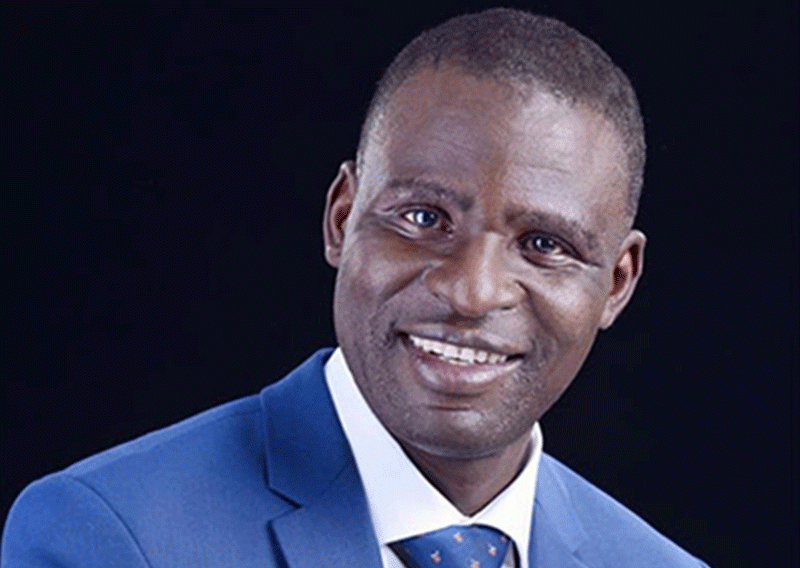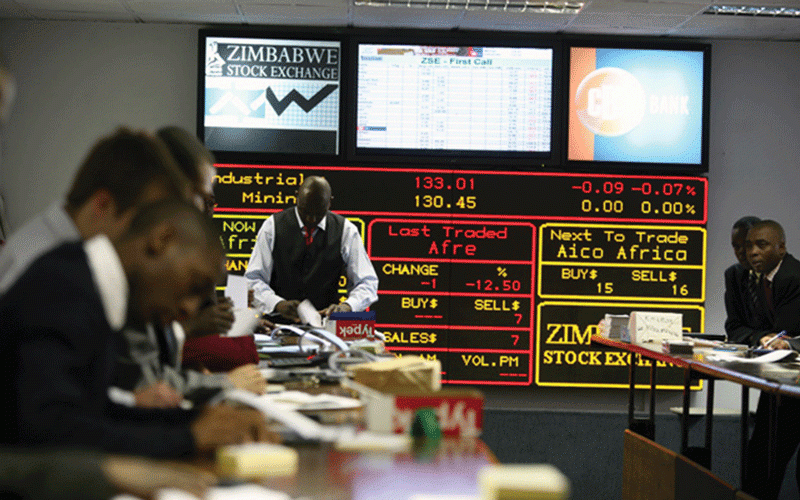
INFLATION adjusted profit after tax at financial services giant, Stanbic Bank, rose by 572% to ZW$372,9 billion during the half year ended June 30 2023, as demand for foreign currency indexed loans maintained a positive trajectory.
Chief executive officer Solomon Nyanhongo said in a commentary to financial statements for the review period Stanbic’s profit for the comparable period was ZW$55,5 billion.
Nyanhongo said net interest income also improved, rising to ZW$135,4 billion.
This was a growth of 122% from ZW$60,9 billion reported during the comparable period in 2022.
“This growth was largely underpinned by the uplift in the bank’s average lending book, which grew from ZW$73,4 billion in June 2022 to ZW$941 billion due to heightened demand for foreign currency funding by customers avoiding the high interest rates on local currency facilities, coupled with increased dollarisation of the economy,” Nyanhongo added.
“The bank recorded growth in fee and commission income, which ended the period at ZW$130 billion, up from ZW$47 billion in the comparative period.
“This growth was largely reinforced by the increased volumes of foreign currency transactions, which were now being processed on our various service channels as business operations were shifting from local currency to foreign currency,” he said.
Nyanhongo said a net release of ZW$11 billion was recorded in credit impairments during the first half of the year, improving from a net raise of ZW$6 billion in the prior period.
- Stanbic bankrolls hockey qualifiers
- Stanbic profits surge on back of forex loans
- Stanbic donates solar-powered borehole
- Stanbic targets diaspora property investment
Keep Reading
“The release in expected credit loss allowances was largely driven by the improvement in the quality of the bank’s lending book following the February 2023 interest rate reduction on local currency lending from 200% to 150%,” he said.
“Total operating expenses increased by 135% from ZW$69 billion in the comparative period to ZW$163 billion largely because of the impact of the continued weakening of the ZWL currency against the USD on the Bank’s foreign denominated expenses which have increased substantially in local currency terms.”
Stanbic chairperson Gregory Sebborn attributed the growth to improved tobacco sales this year.
“New lending assets were written during the period in both local and foreign currency on the back of elevated demand for working capital by customers,” he said.
The financial institution ended the six months period with a qualifying core capital of ZW$552 billion, equivalent to US$96,2 million, against a minimum capital requirement of the Zimbabwe dollar equivalent of US$30 million.
The Zimbabwe dollar traded at US$1:ZW$5 739,79 at the end of June and US$1:ZW$370,96 at June 30 2022.









